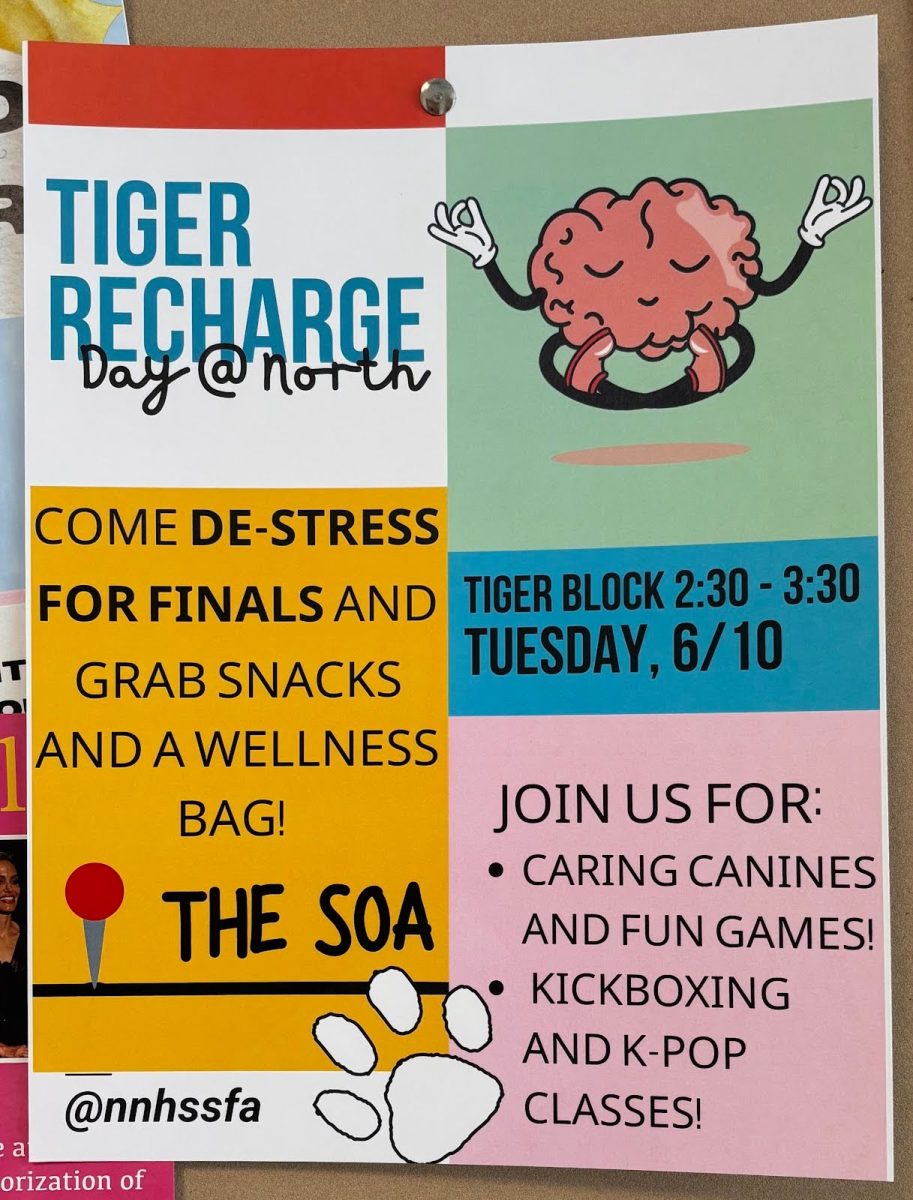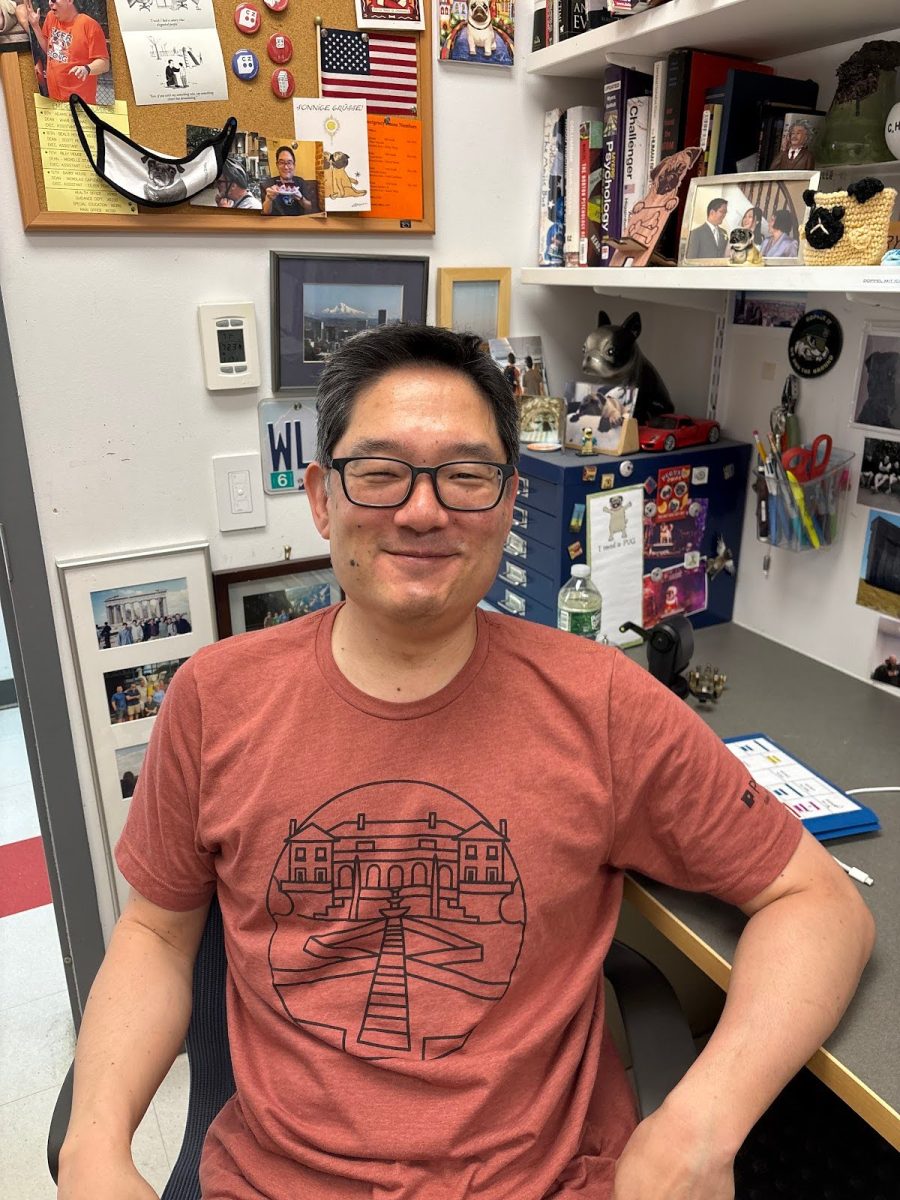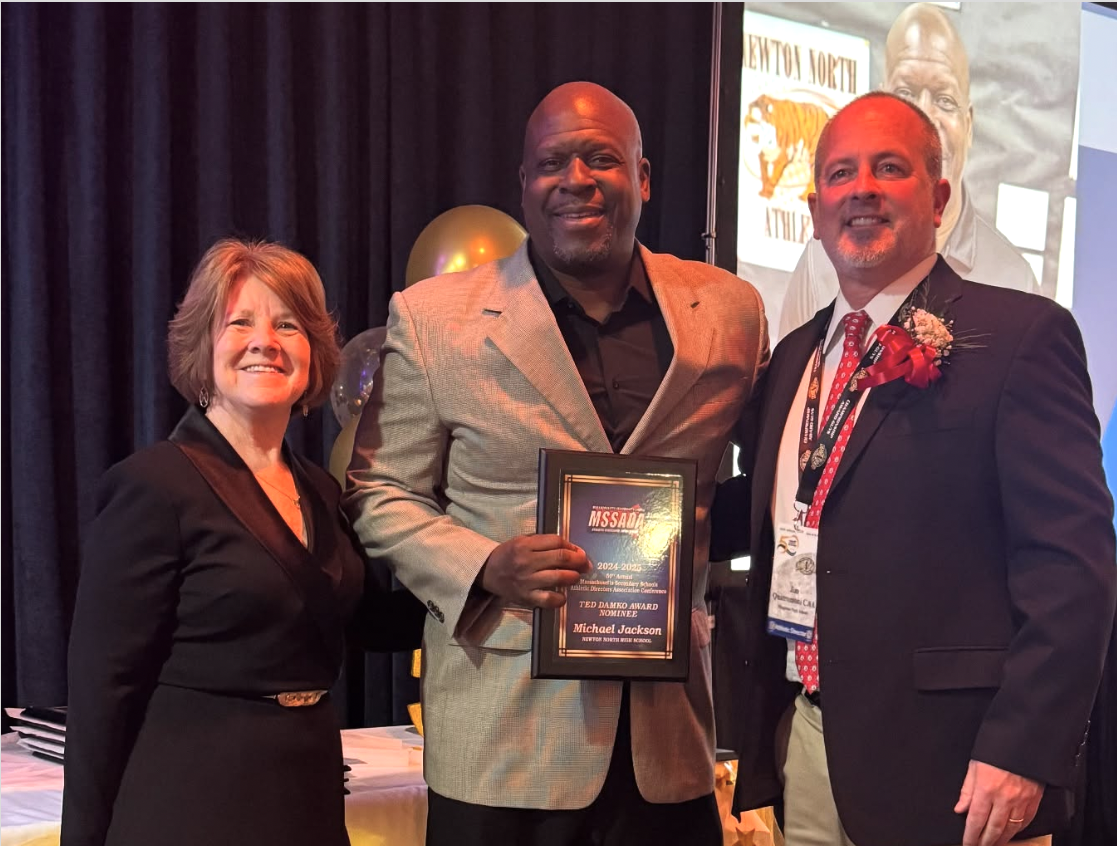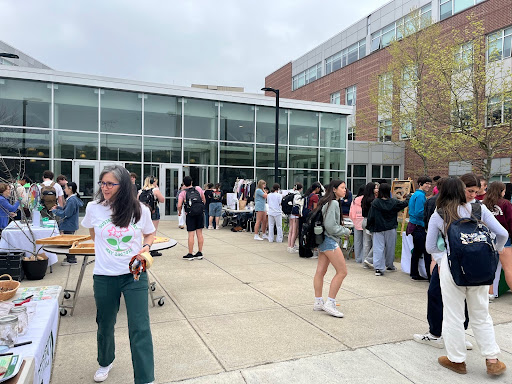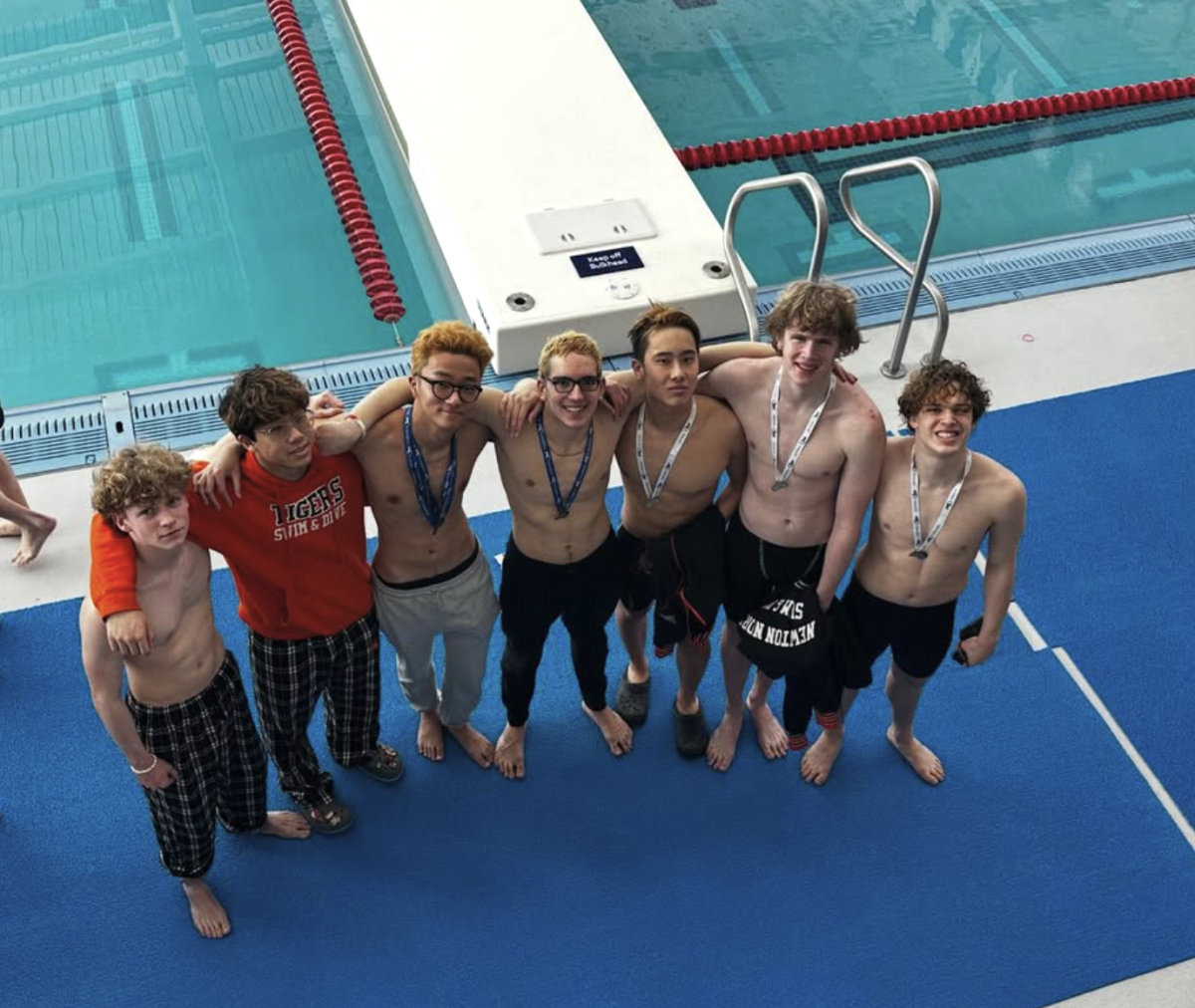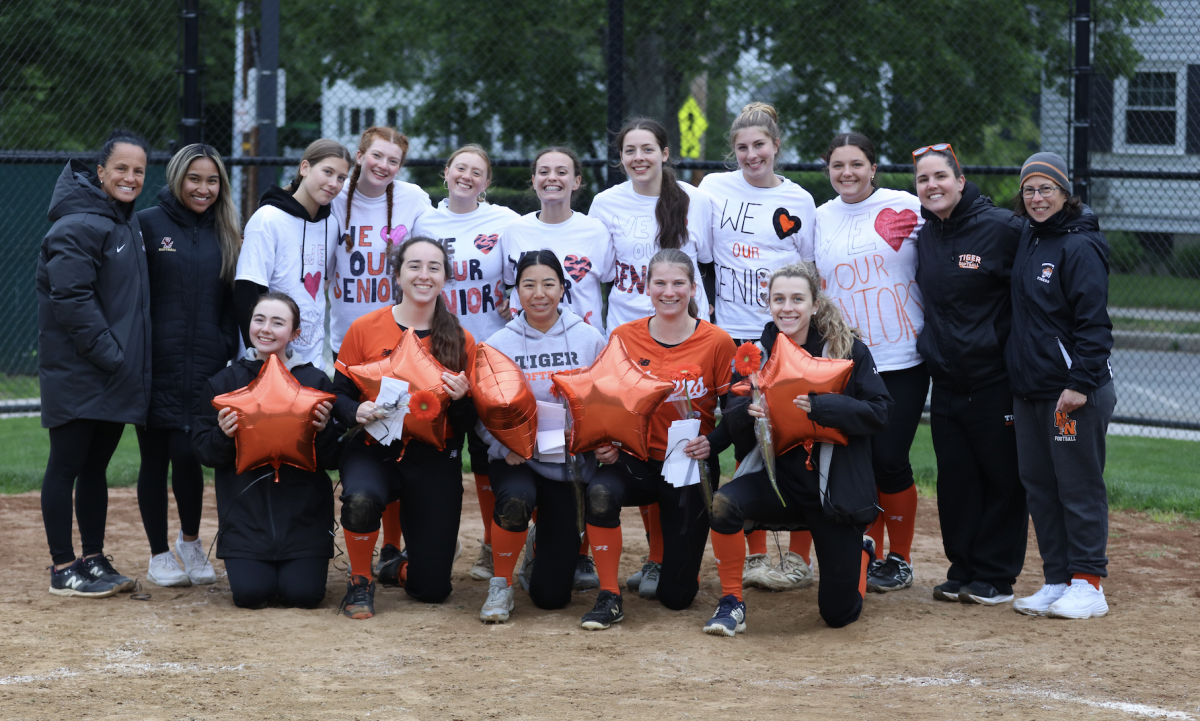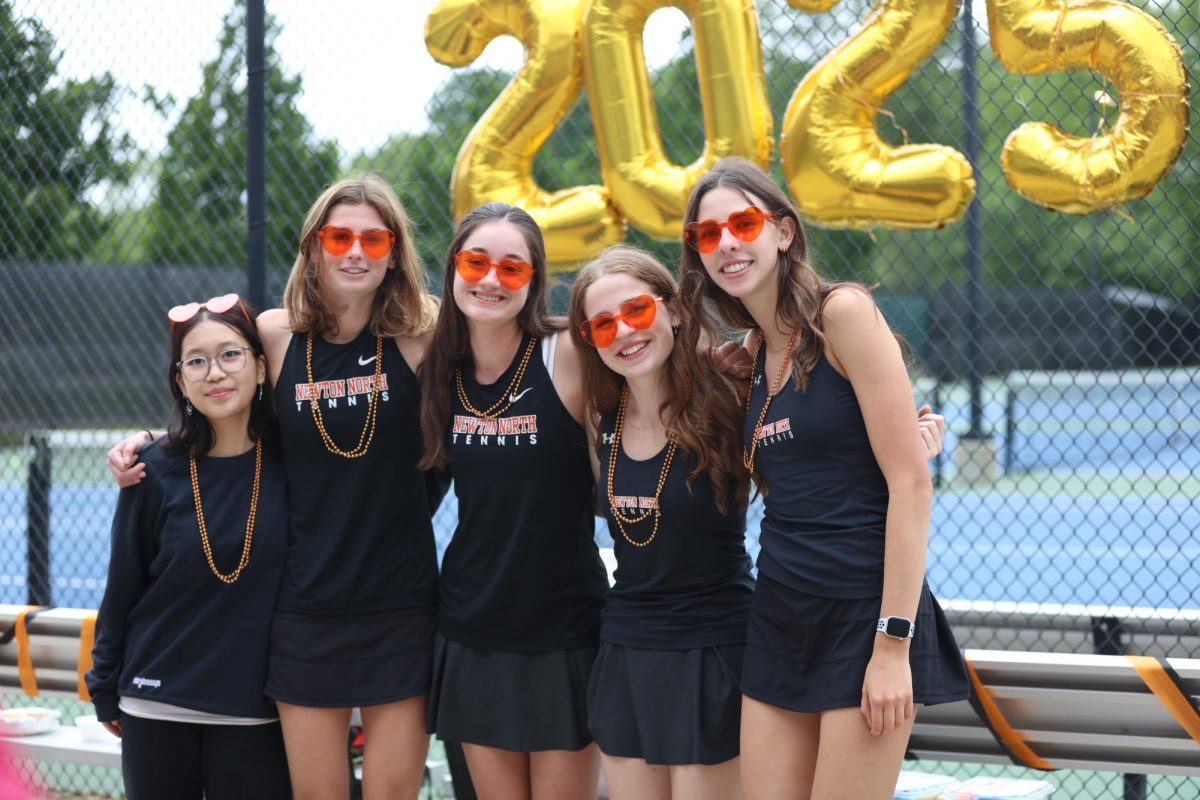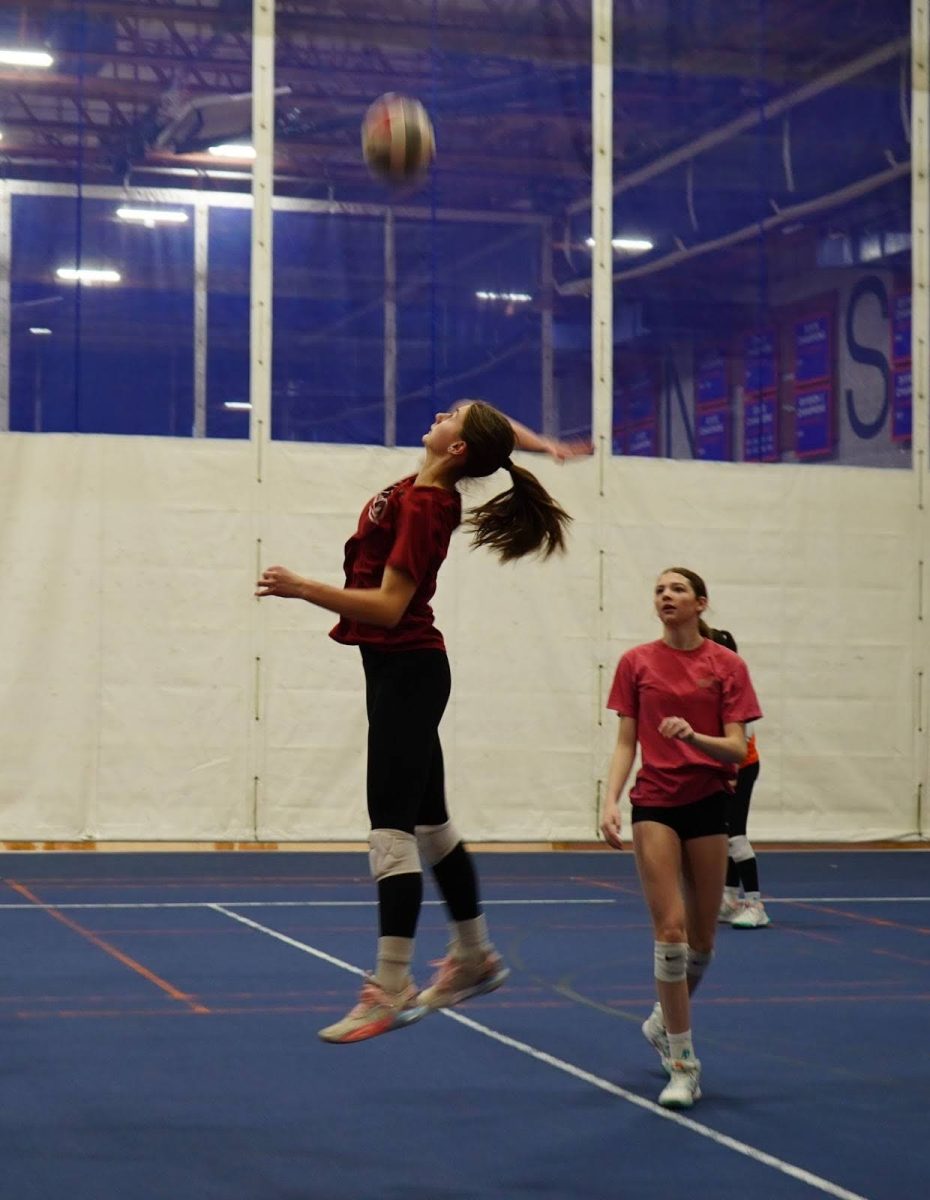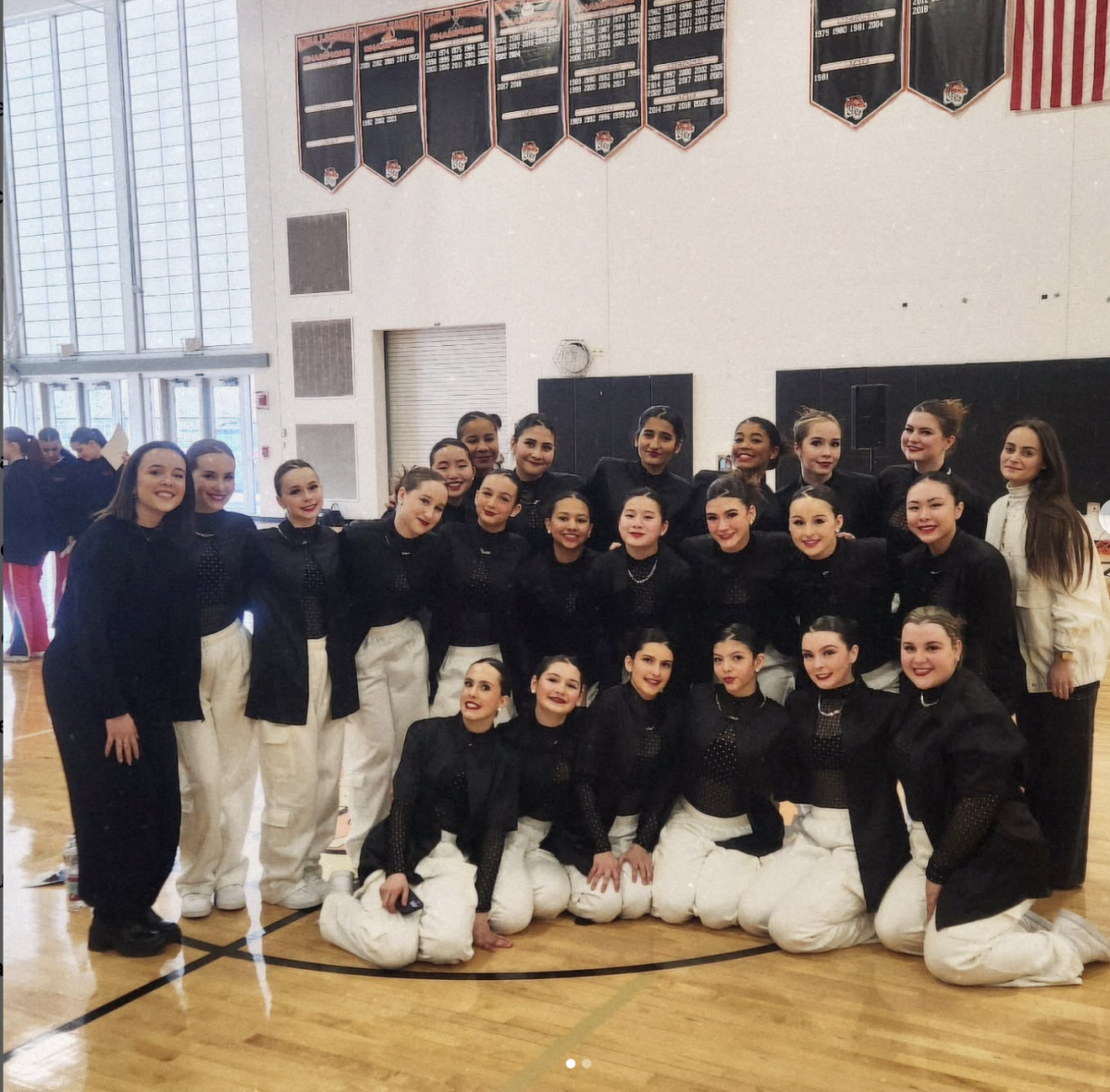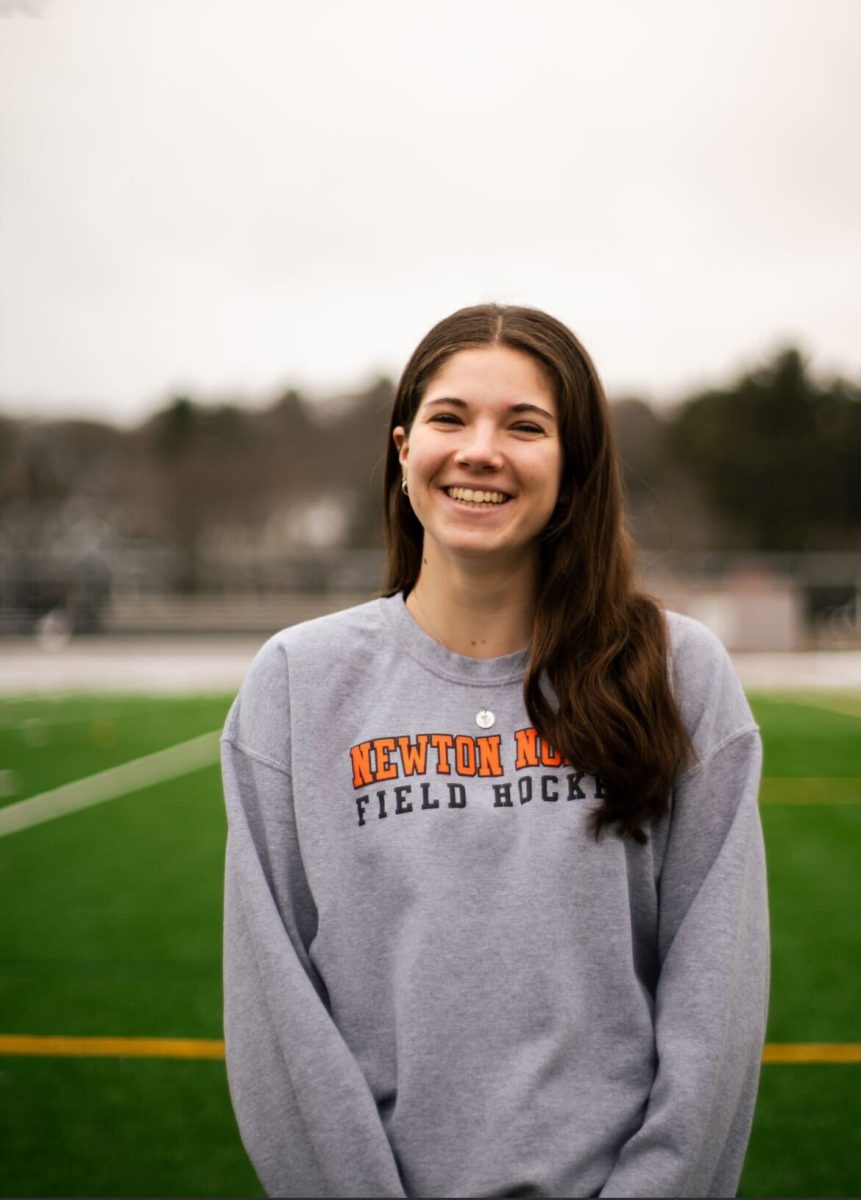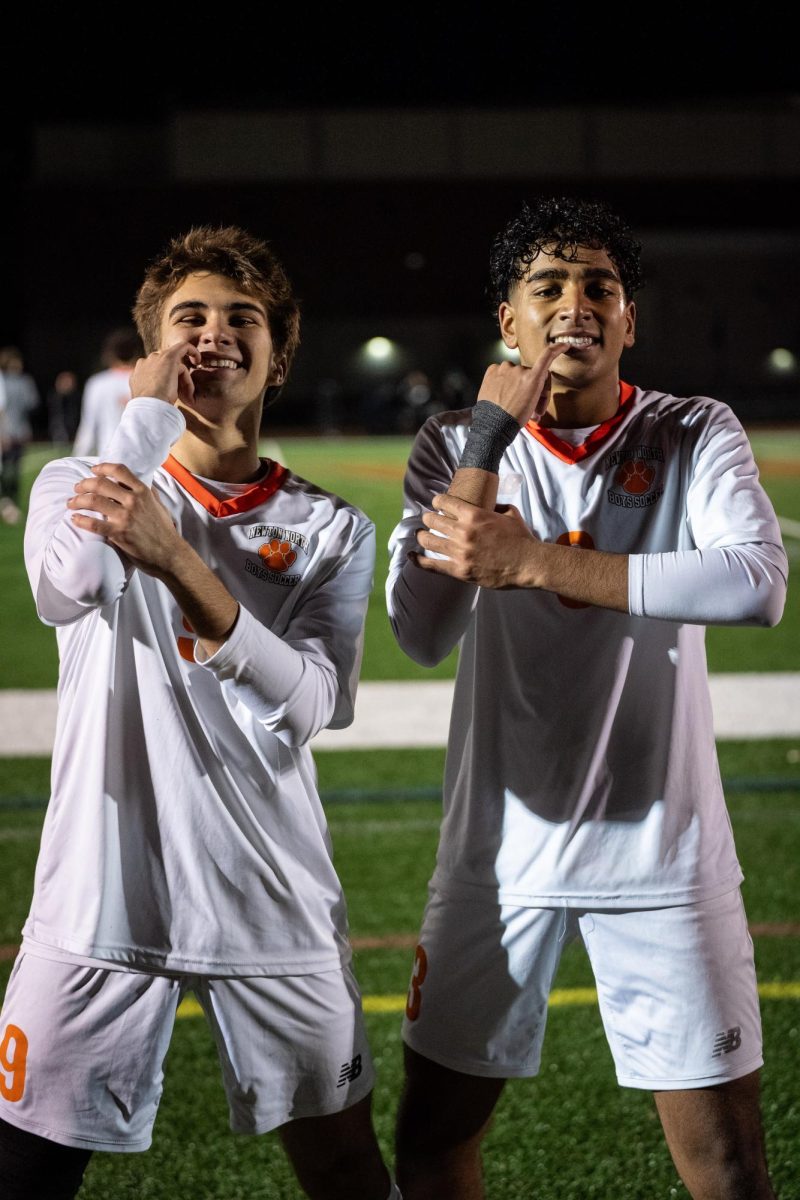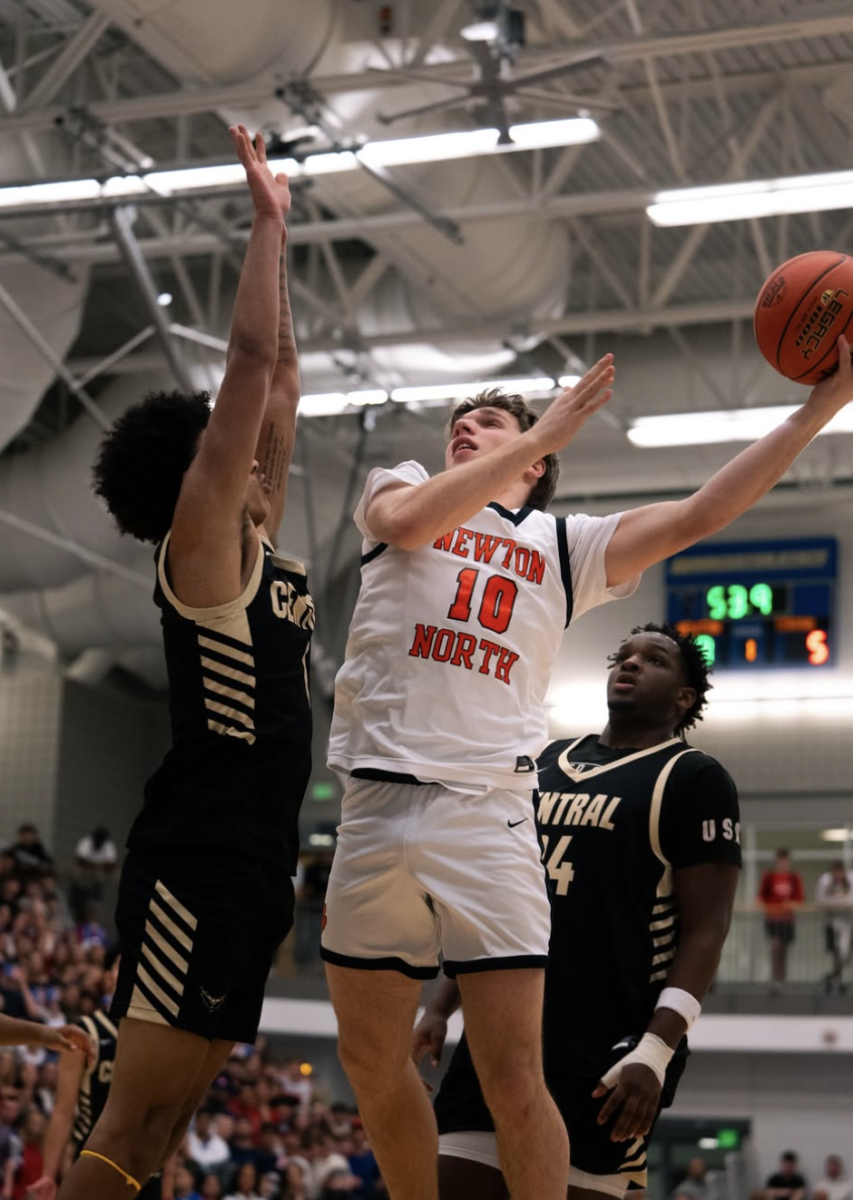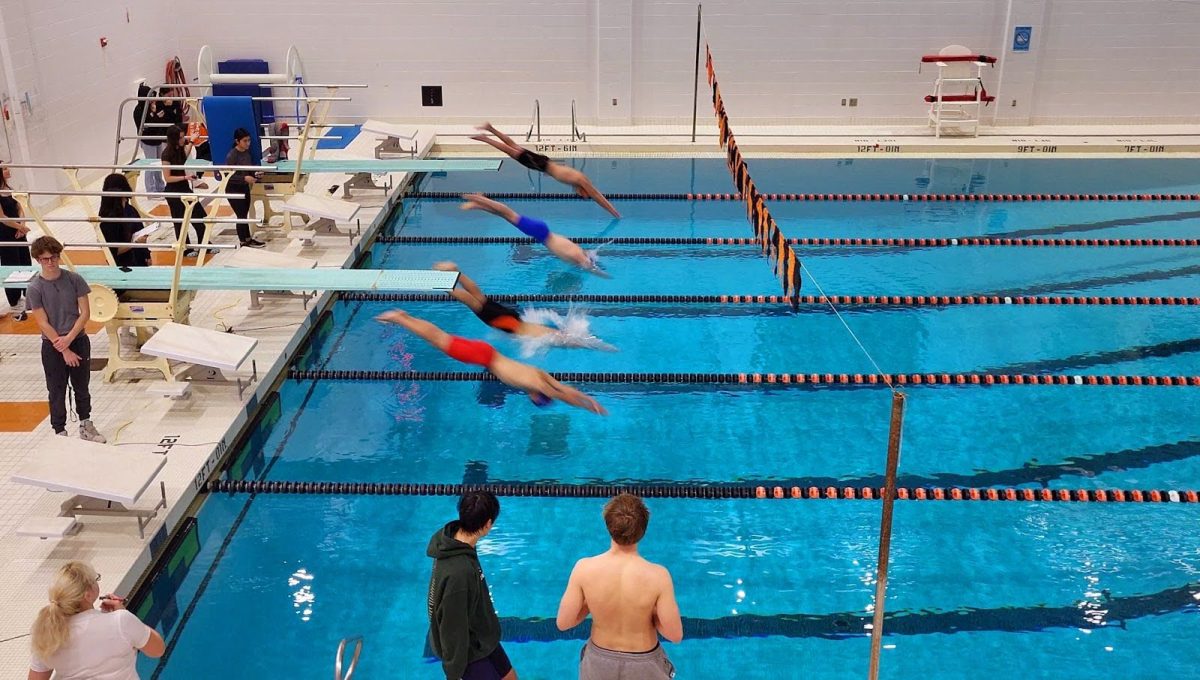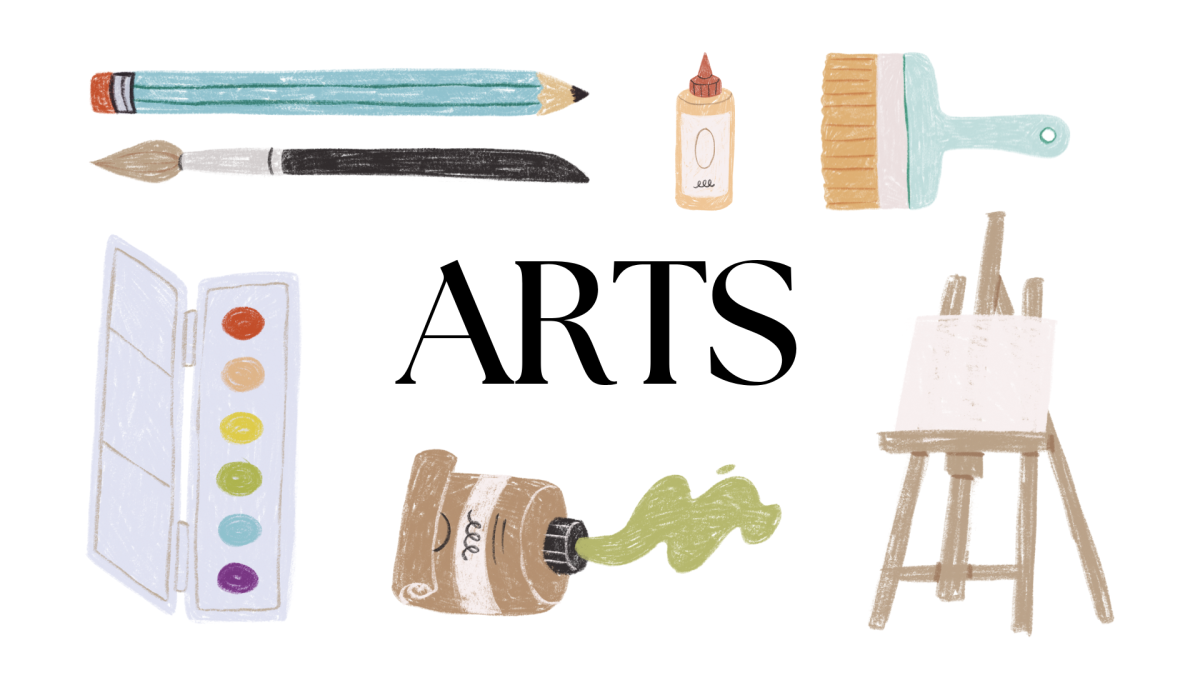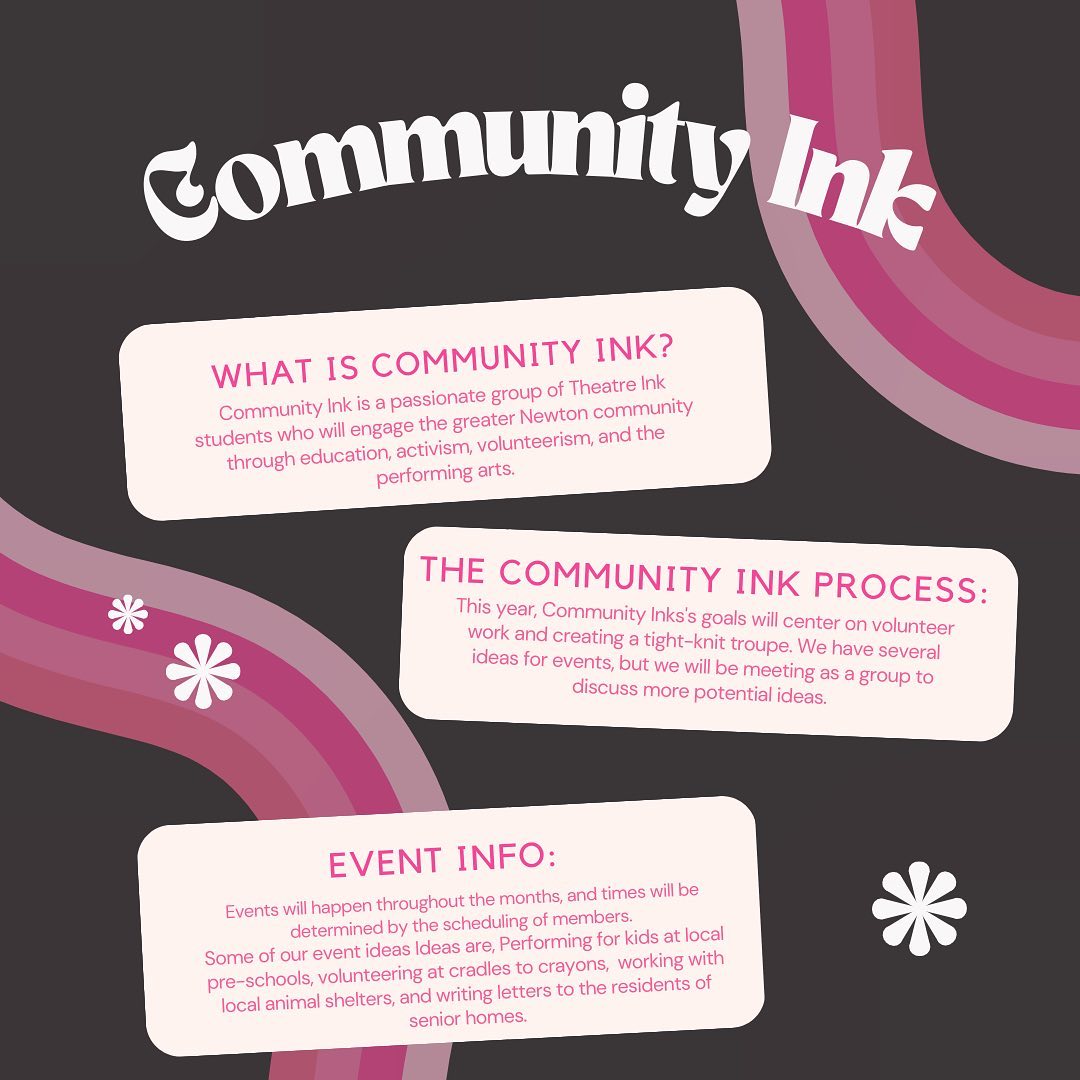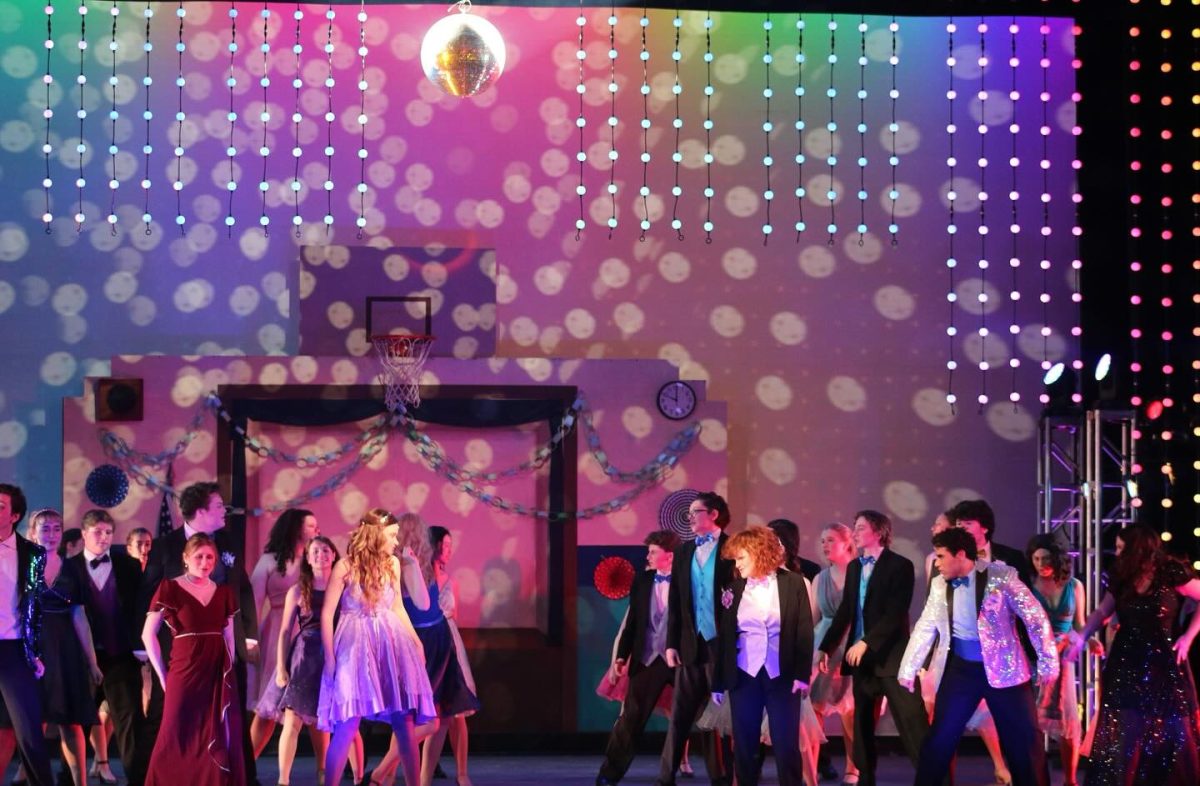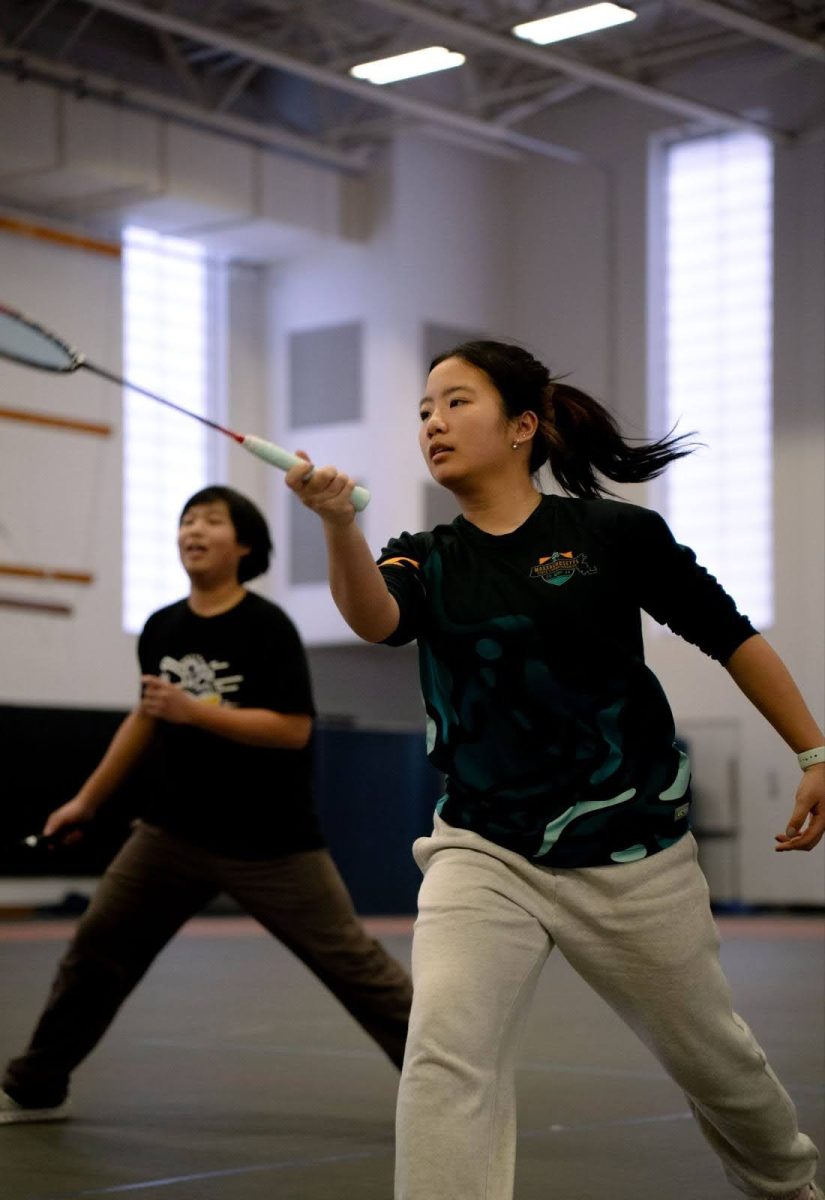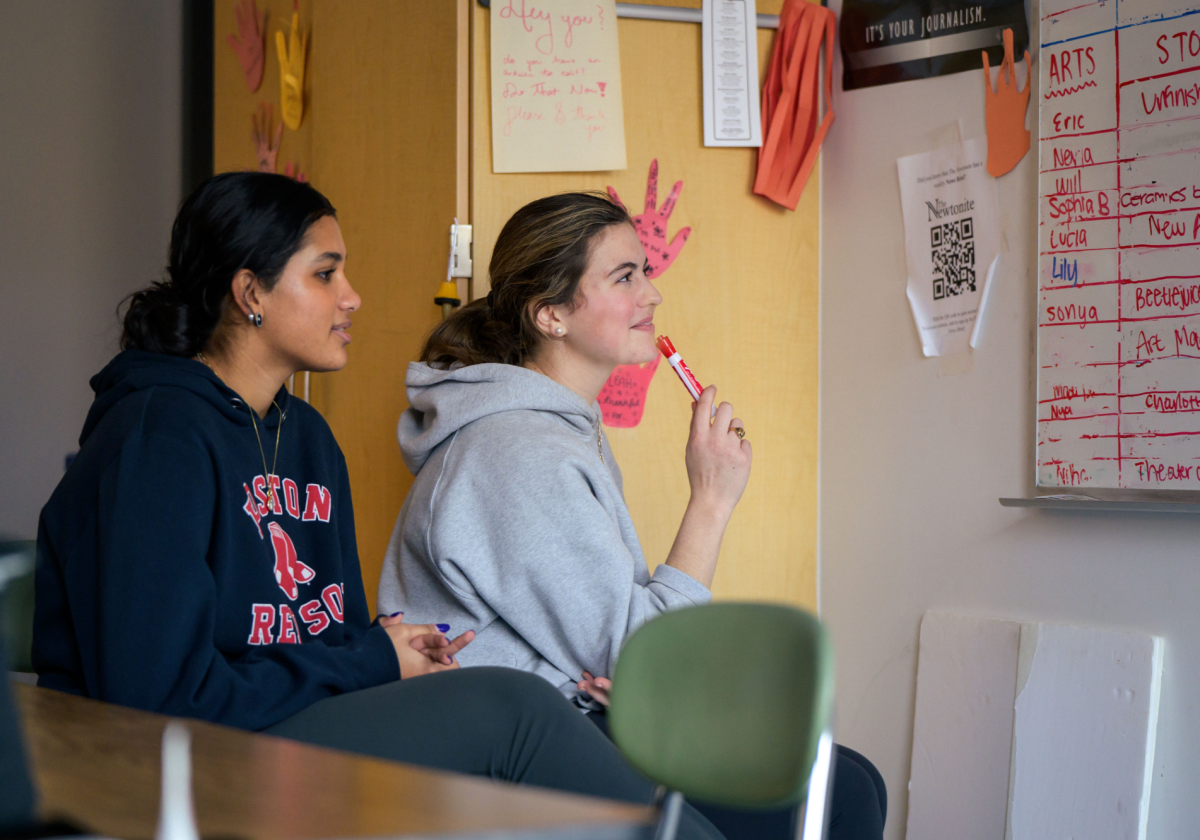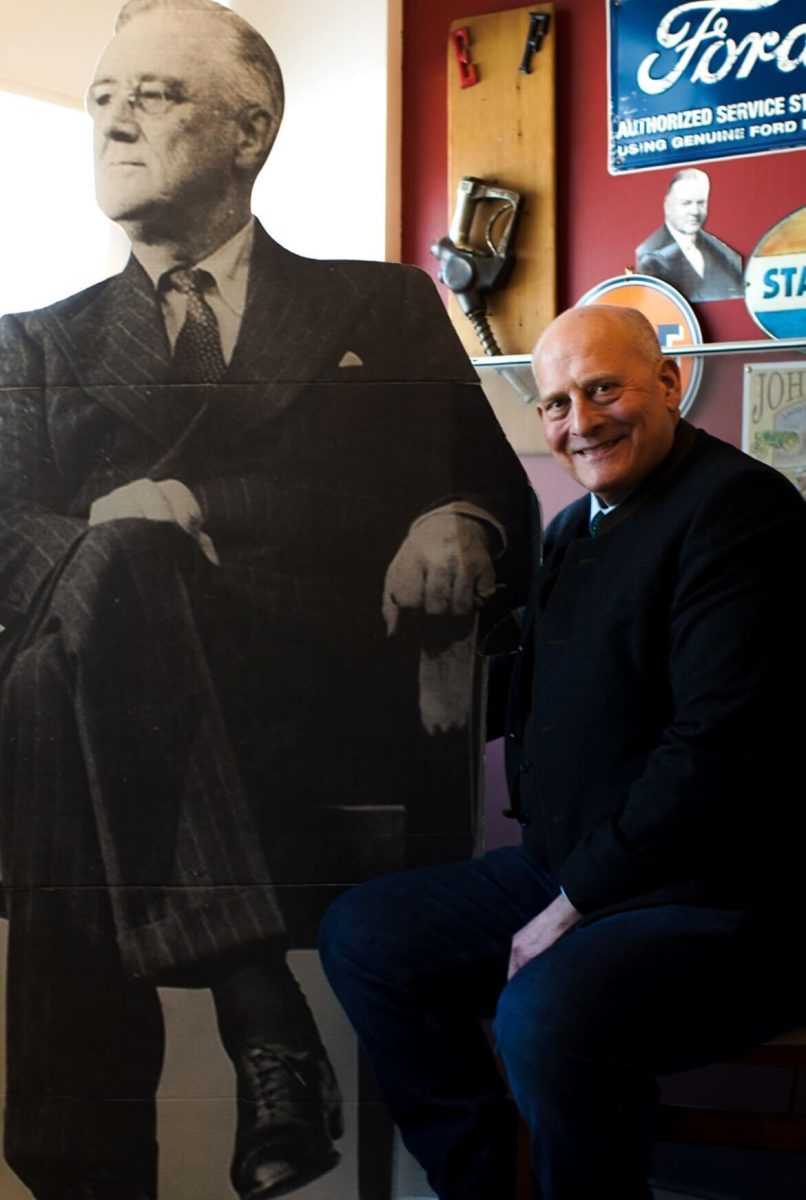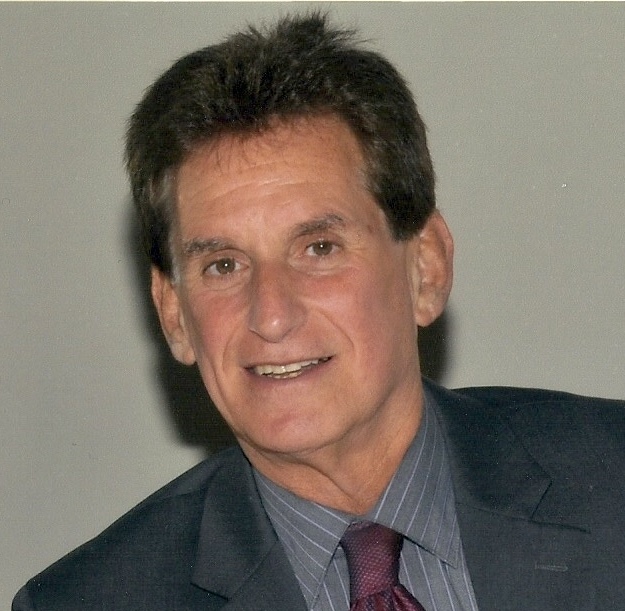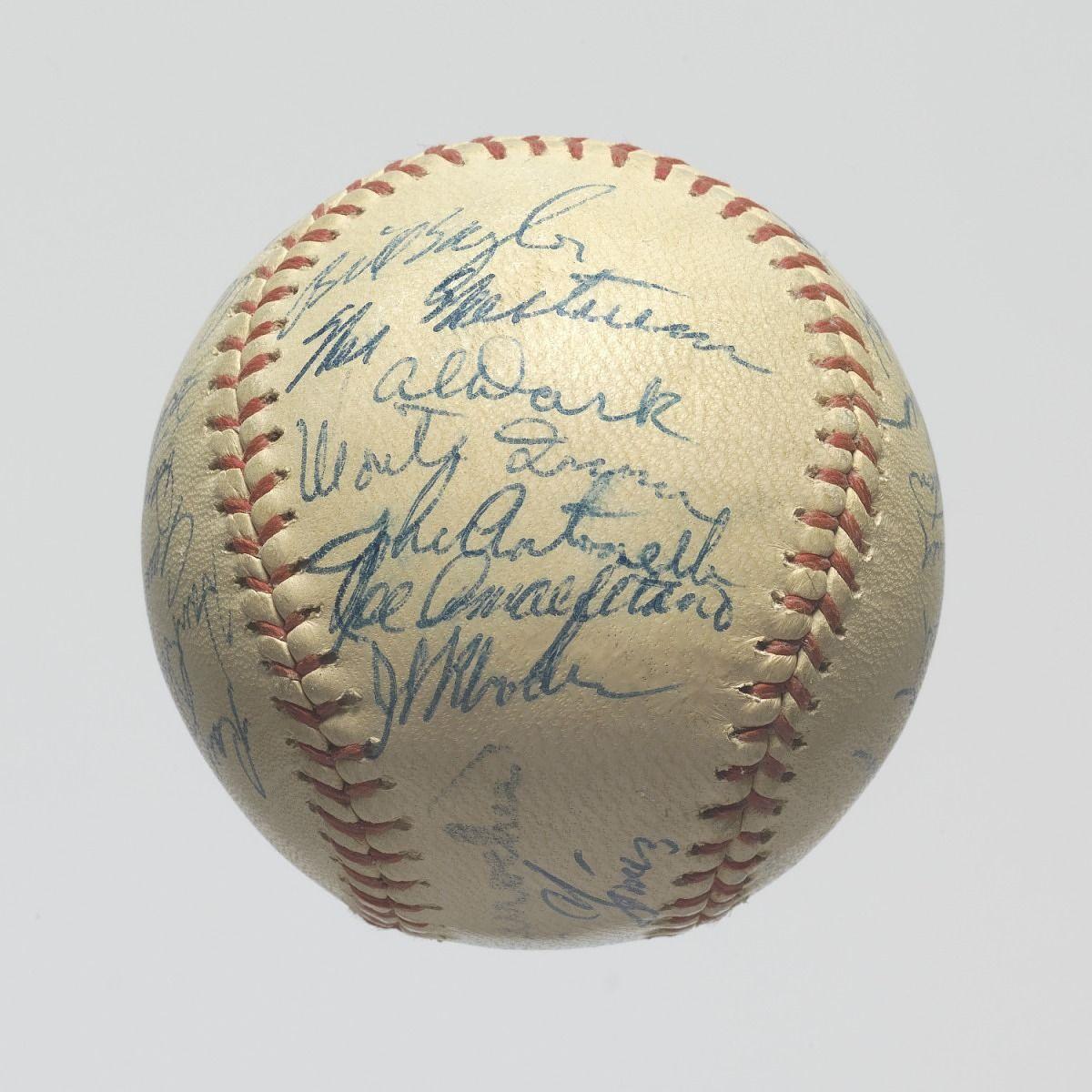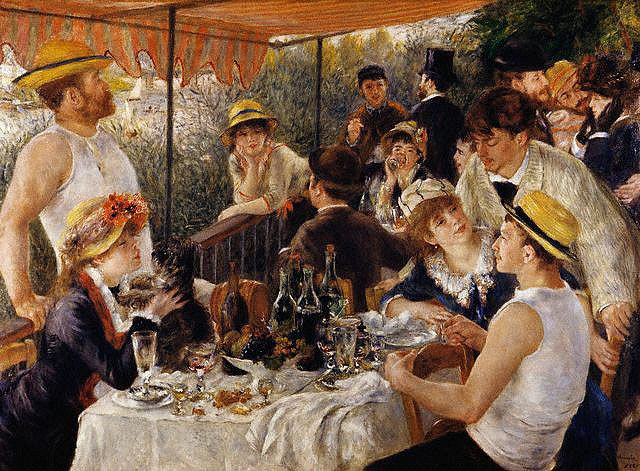data courtesy scheduler Emily Lewis
by Julia Oran
In the past 20 years, the gender gap in degree-granting institutions has increased radically as female students have begun to dominate the campuses, leaving men in the dust.
In 1987, of the 1,720,407 students enrolled in degree-granting institutions, about 50 percent were women and 50 percent were men, according to the National Center for Education Statistics.
By 2009, of the 2,862,391 students enrolled in degree-granting institutions, 59 percent were women compared to only 41 percent who were men.
At this school, statistics about the honors and Advanced Placement classes show similar trends.
Despite that fact that 52 percent of the sophomore class is male, out of the four core sophomore honors classes–chemistry, English, history and math–history is the only subject in which there is a greater number of male students enrolled. In sophomore honors chemistry and math, the female students make up no more than 55 percent of the subject, but in honors English, there are nearly twice as many female students as male.
In the junior and senior class, the overall gender distribution is almost equal, but in the 18 AP classes offered this year, ten courses have mostly female students, seven are mostly male and one subject, AP Chinese, has the same number of each.
Counseling department head Beth Swederskas said she was surprised about these results because the balance of genders in classes “hadn’t really been on my radar.”
Swederskas said, “Years ago, boys dominated in math and science. Recently, there has been an outreach for women in math and science.”
She added that there are more boys in child development exploratory than ever before, and there is an increasing number of girls in robotics classes and in engineering classes.
In the AP science classes, biology, chemistry and physics, the only male dominated subject is physics with 33 male students to 18 female. On the other end of the spectrum, AP biology has 36 male students and 70 female students.
Swederskas speculated, “Maybe girls are more interested in the chemical and biological sciences than the physical.”
She added, “Girls might be more into human relations than formulaic sciences.”
Science department chair Amy Winston said she agreed with Swederskas in that stereotypically, “females are seen as more caring and nurturing,” so biology might be more appealing because the class teaches about the environment and about human beings.
Most years, there are more females in biology, about equal gender distribution in chemistry and more males in physics, proving that this data is part of an ongoing trend, Winston commented.
However, Winston said the science department has been trying to “figure out if we are dissuading girls from taking physics.”
Winston herself studied physics in college, but said she chose to go to a woman’s college because “I knew I would be in the minority if I didn’t.”
In addition, Winston said this school is working on getting even more girls into engineering by bringing in more female engineering graduate and professionals to speak to engineering classes.
The school is also working to expand the greengineering program because “we found that once we get girls into greengineering, they are over the hurdle and feel more comfortable in other engineering classes,” Winston said. “Girls can be engineers, too.”
In AP and Honors English classes of every grade, females make up at least 67 percent of the class. The only exception is Honors American Studies, a class offered to juniors, which has a slight majority of male students. In AP English, the dominance of female students is especially large, with females making up nearly 81 percent of the class. This is the largest gender discrepancy in any AP or Honors class of any subject.
Unlike science and English classes, in the three AP math classes, AB calculus, BC calculus and statistics, the gender in majority makes up no more than 55 percent of the subject.
Similarly, in two of the four AP history classes, American studies and U.S. history, the percentage difference between male and female students is no more than four percent. The largest differences in AP history classes are in AP comparative government, which has nine male students and 17 female, and in AP psychology, which has 35 male students and 63 female.
History department head Jonathan Bassett said he had “no idea” that many of the AP classes are dominated by girls. However, he said trying to balance the genders would be too complicated because scheduling is already complex enough.
“By junior and senior year, gender balances in any particular class are less critical because in AP classes, students are really focused on academics,” Bassett added.
Bassett said he did not think more male students should be encouraged to take AP comparative government because the history department already does “a good job identifying students and placing them in curriculum levels.”
The most remarkable gender gap was the AP languages, which are Chinese, French, Italian, Latin and Spanish. With the exception of Chinese, in all of the languages, female students made up between 75 and 80 percent of the class.
This data is not part of a trend because in the past three years, AP French is the only language that has consistently had a significant number of more females than male, according to world language department head Nancy Marrinucci.
“I’m not certain why the data is what it is in French, Italian, Spanish and Latin, and yet not in Chinese,” she said.
Marrinucci added, “At the moment, the world language department is more concerned with the number of seniors who don’t take a language during their final year of high school.”
Overall, Marrinucci said, “I do believe that diversity in a classroom, including gender diversity, enhances the conversation and the content, especially in a world language class, so generally, I believe it’s good to have more of a balance of boys and girls.”
Similarly, Swederskas said, “In any class, an equity of gender adds to the richness of class.”
She added, “I want to encourage as many students as possible to explore courses and opportunities outside of their comfort zone. High school is a time to try things out, and for students to figure who they are as learners and where their interests lie.”


